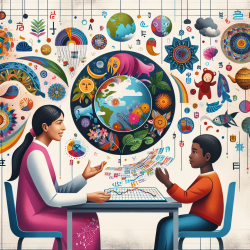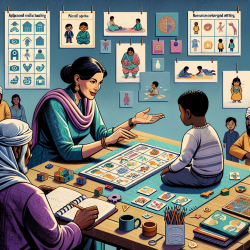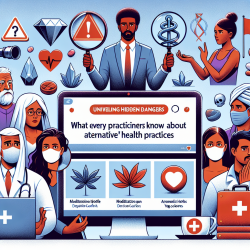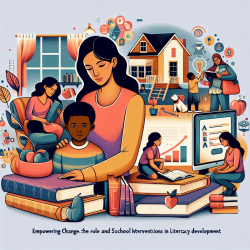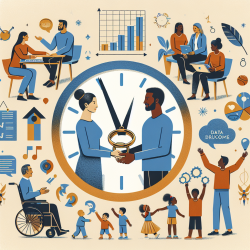Introduction
In the ever-evolving field of speech-language pathology, it is crucial to stay informed about innovative approaches and research findings that can enhance therapy outcomes. A recent study titled Biocultural Calendars Across Four Ethnolinguistic Communities in Southwestern South America provides valuable insights that can be utilized to improve therapeutic practices, particularly for children. This blog will explore how integrating biocultural calendars into your therapy sessions can create better outcomes for your young clients.
What Are Biocultural Calendars?
Biocultural calendars are systems that integrate astronomical, biological, and cultural seasonal cycles. These calendars are co-constitutively generated through interactions between dynamic biophysical and cultural processes embedded in specific ecosystems and cultures. By understanding these calendars, we can gain insights into the seasonal activities and cultural practices of various communities.
Key Findings from the Research
The study conducted by Rozzi et al. (2023) focused on four contrasting ethnolinguistic communities in southwestern South America. The key findings are:
- Biocultural calendars are generated through interactions between biophysical and cultural processes.
- The 3Hs model of biocultural ethics values the links among human and other-than-human co-inhabitants, their habits, and shared habitats.
- Biocultural calendars are based on the seasonal cycles of keystone species that are part of communities of co-inhabitants.
Implications for Speech-Language Pathology
Understanding and integrating biocultural calendars into therapy sessions can provide several benefits:
- Enhanced Cultural Relevance: Incorporating biocultural calendars can make therapy sessions more culturally relevant and engaging for children from diverse backgrounds.
- Improved Communication: By understanding the seasonal activities and cultural practices of a community, therapists can develop more effective communication strategies that resonate with the child's experiences.
- Data-Driven Decisions: Utilizing the findings from biocultural calendars can help therapists make data-driven decisions, ensuring that therapy sessions are grounded in scientific research and cultural understanding.
How to Implement Biocultural Calendars in Therapy Sessions
Here are some practical steps to integrate biocultural calendars into your therapy sessions:
- Research and Understand: Start by researching the biocultural calendars relevant to the communities you work with. Understanding the seasonal cycles and cultural practices is crucial.
- Collaborate with Families: Engage with the families of your clients to learn more about their cultural practices and seasonal activities. This collaboration can provide valuable insights and strengthen the therapeutic relationship.
- Incorporate Seasonal Activities: Design therapy activities that align with the seasonal cycles and cultural practices of the child's community. This can make the sessions more engaging and meaningful.
- Monitor and Adjust: Continuously monitor the effectiveness of incorporating biocultural calendars in your sessions. Be open to making adjustments based on feedback and outcomes.
Encouraging Further Research
While the study by Rozzi et al. (2023) provides valuable insights, there is always room for further research. Practitioners are encouraged to explore the concept of biocultural calendars in greater depth and contribute to the growing body of knowledge in this area. Conducting your own research and sharing your findings can help advance the field and improve therapy outcomes for children.
Conclusion
Integrating biocultural calendars into speech-language therapy sessions can create more culturally relevant and effective outcomes for children. By understanding and utilizing the findings from the study by Rozzi et al. (2023), practitioners can enhance their therapeutic practices and make data-driven decisions. Embracing this innovative approach can lead to better communication strategies and stronger therapeutic relationships.
To read the original research paper, please follow this link: Biocultural Calendars Across Four Ethnolinguistic Communities in Southwestern South America.
